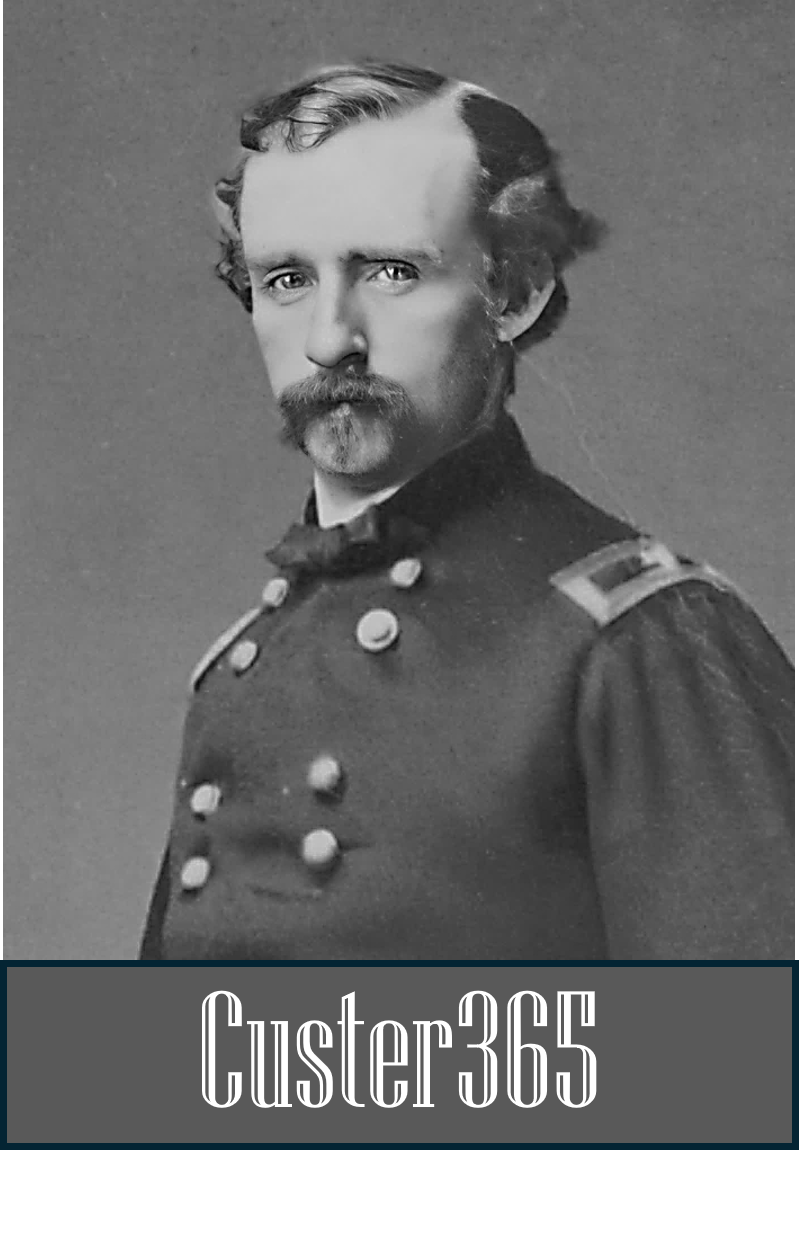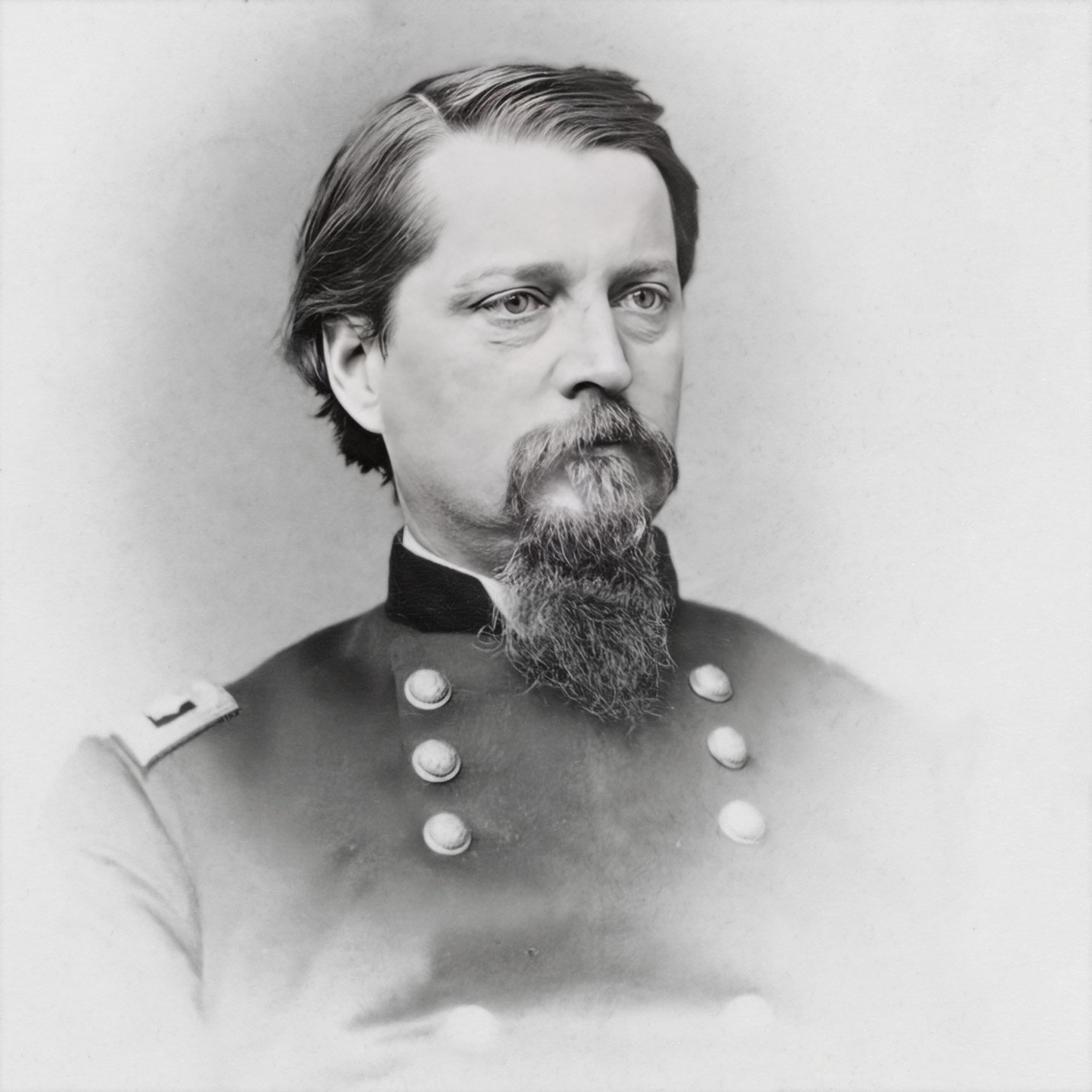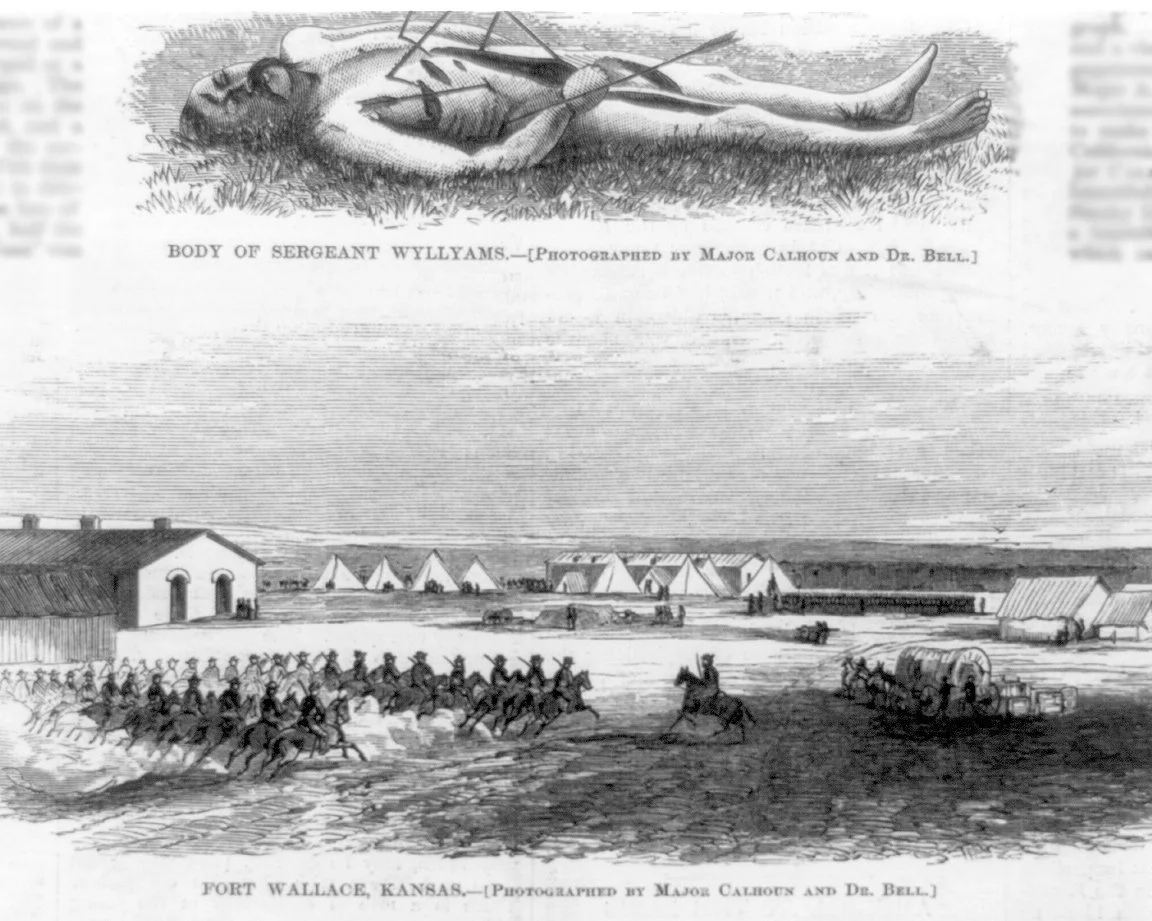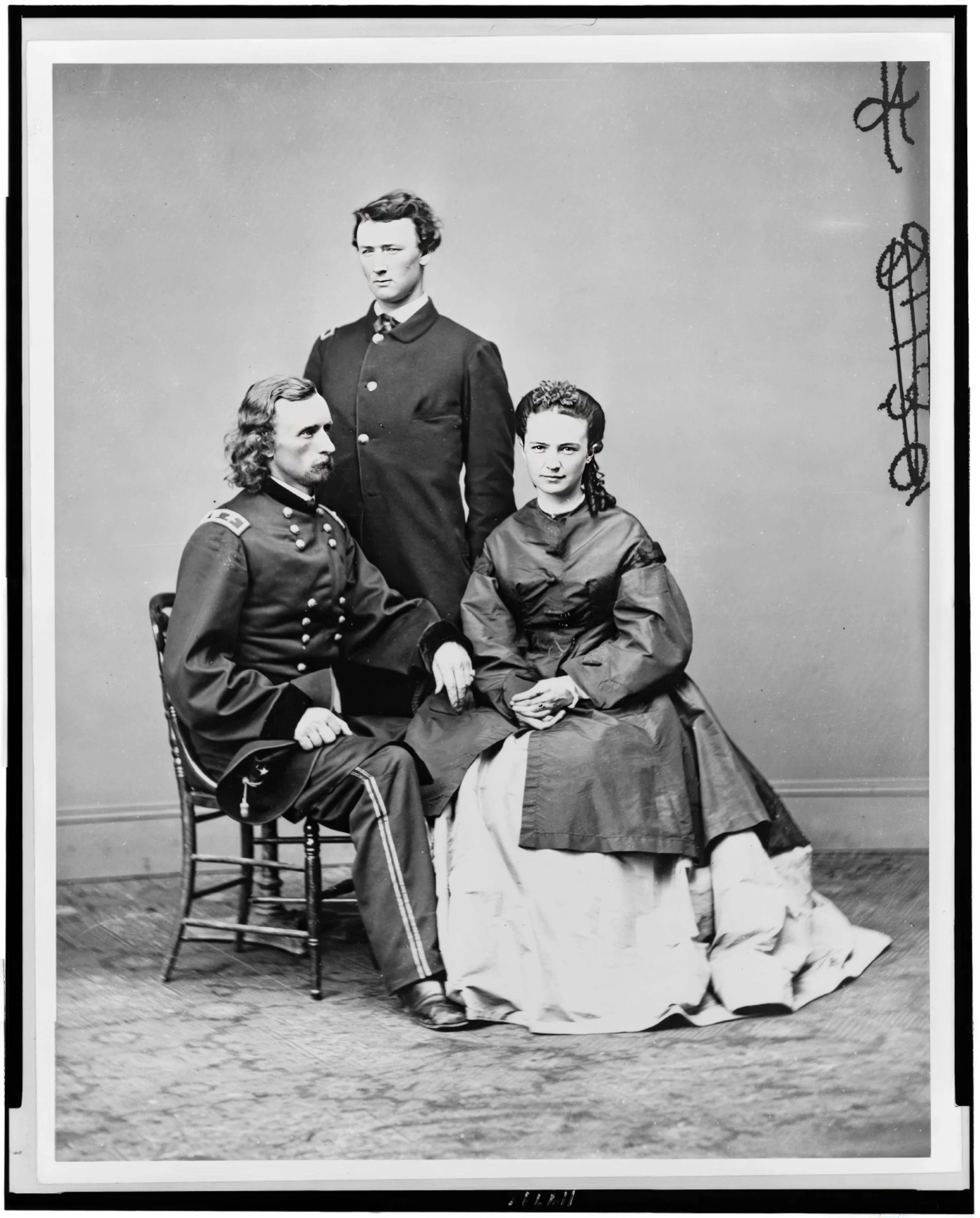JULY 15: Missing the Missus
Maj. Gen. Winfield Scott Hancock. (Credit: Library of Congress)
On this date in 1867, Lt. Col. George A. Custer and a detachment of three officers and 72 men from the 7th Cavalry left Fort Wallace, Kansas, on a march to Fort Harker, Kansas.
Custer had arrived at Fort Wallace, located in western Kansas near the Colorado border, after discovering on July 1 or 2 the remains of Lt. Lyman Kidder and 10 troopers who went missing after trying to find Custer and deliver dispatches from General William T. Sherman. They had been attacked and wiped out by a mix of Lakota and Cheyenne forces. The remains of Kidder and the others were found near present-day Goodland, Kansas.
Illustrations of the dangers faced by Army personnel and settlers in western Kansas in 1867. (Credit: Library of Congress)
Custer was ordered to Fort Wallace originally by his superior, Maj. Gen. Winfield Scott Hancock. However, Hancock was absent, so Custer decided to travel, under various pretenses, to Fort Harker nearly 200 miles to the east.
His true purpose was to reunite with his wife, Elizabeth or “Libbie”, who was at Fort Harker or Fort Riley.
On July 16, Custer and his troop were attacked by a group of Dog Soldiers, a military society of Cheyenne warriors. One soldier was killed and another wounded. Both men were left behind while Custer and his contingent fled their attackers. Their bodies were recovered later.
Custer’s column made it to Fort Hays, about 150 miles east of Fort Wallace. He left most of the column there, then proceeded with brother First Lt. Tom Custer and three other men to Fort Harker. They arrived in the middle of the night and the commanding officer present, Col. A.J. Smith, was awakened at 2:30 a.m. Smith was reportedly surprised to see Custer, since he was expected to be back at his post at Fort Wallace. Seeing that Libbie wasn’t there, Custer boarded a train for Fort Riley, an additional 90 miles to the east.
(Front) Lt. Col. George A. Custer and his wife Libbie, along with Custer’s brother Tom. (Credit: Library of Congress)
Custer made it to Fort Riley and was reunited with his wife. He’d traveled approximately 275 miles in a few days to get there. The couple was intensely devoted to one another. Libbie accompanied her husband as much as possible during his military career.
Throughout that summer, Custer’s correspondence revealed a growing concern for his wife’s safety. Several frontier posts were attacked by Indians that summer, and in late June word reached Custer’s command of a cholera outbreak on the frontier. On June 22, he wrote to Libbie, “I never was so anxious in my life.”
However, at the same time the Custers were reuniting, Col. Smith ordered Custer via telegram to return to his command. Custer and Libbie reached Fort Harker on July 21, where Custer was immediately placed under arrest and charged with leaving his command without authority.
Approximately one month later, orders for a court-martial came from Army Headquarters in Washington, D.C. This unauthorized journey ultimately led to Custer's court-martial and a year-long suspension from rank and pay.




